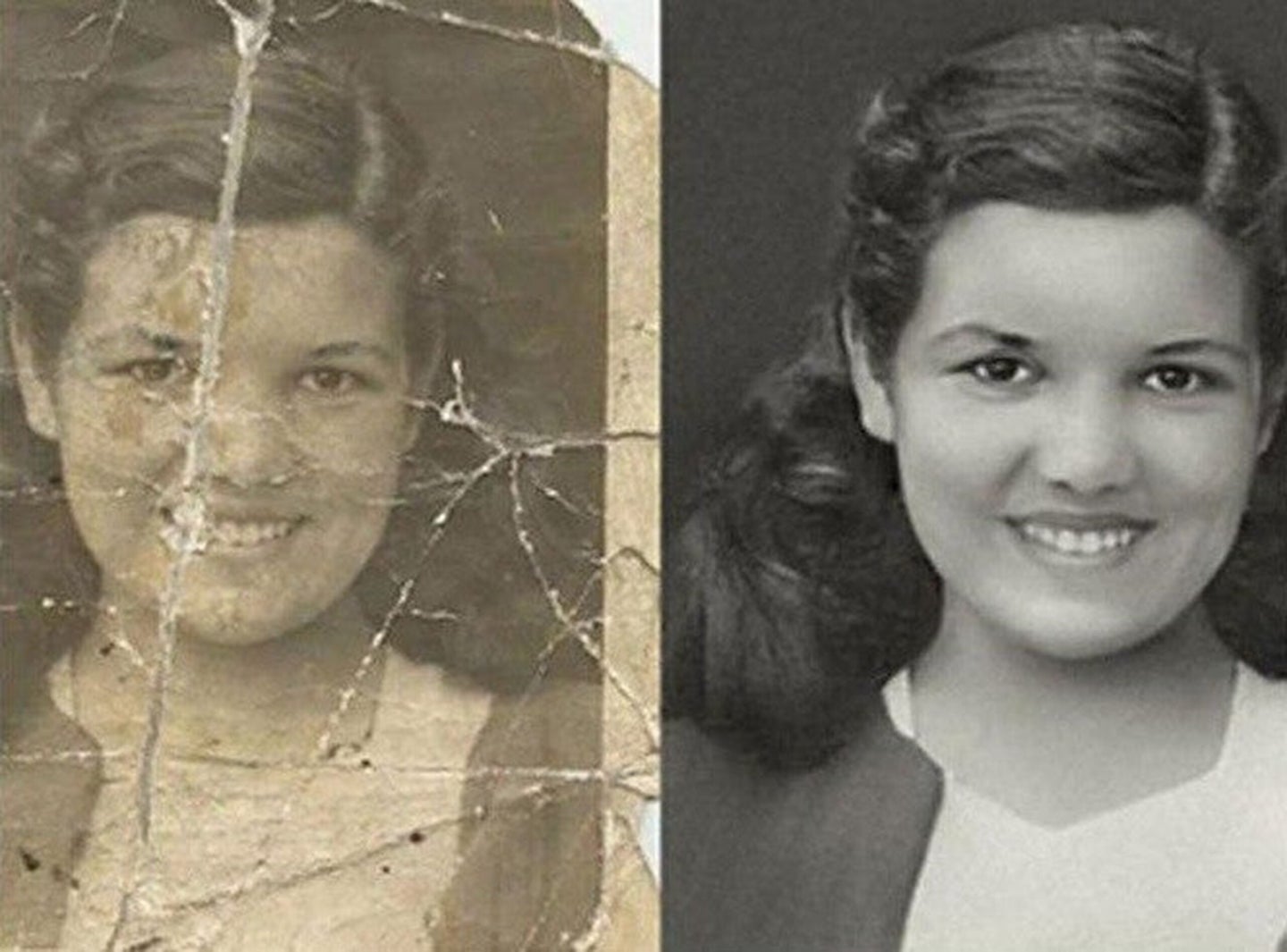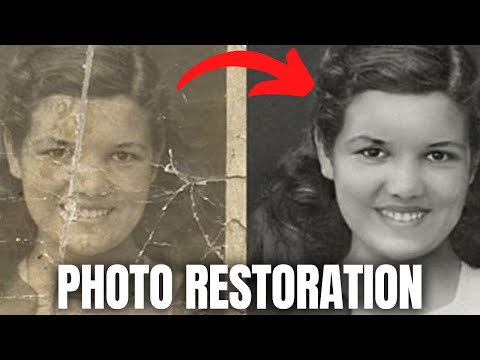Restore those old family photos with this free AI image restoration generator
The GFP-GAN model can reproduce low-res and damaged images with fairly good results.

Artificial Intelligence (AI) is making waves in the world of pictures. Image synthesizer DALL-E recently entered beta testing. Google researchers just released a report about their AI imaging model dubbed “Imagen,” which produces scarily accurate results. AI can even lend a hand to photographers to tag, organize, and edit photos. And now, a new AI model called “Generative Facial Prior” (GFP-GAN) is available to restore your old, damaged photos, with surprisingly good results… for free.
Related: Outsmart your iPhone camera’s overzealous AI
How to salvage family photos using GFP-GAN

If you’ve got some old family photos that could use a little work, this AI image restoration model is available to the public right now. The tech-savvy can download the code here, but everyone else is welcome to try the demo site. Simply upload a photo and watch the results. It may save you the painstaking (and expensive) restoration process.
How this AI image restoration model works

The paper, titled “Towards real-world blind face restoration with generative facial prior,” presents research showing a marked improvement in image re-generation using the Generative Facial Prior (GFP) model alone. But this particular model is assisted by the Generative Adversarial Networks (GAN), so it’s particularly good compared to other models. The PULSE model, for instance, does not employ GFP and results tend to have low fidelity when compared to the original image.
The GAN network is trained to generate images that produce accurate results. However, the addition of the GFP provides feedback at different points throughout the process to the generative model, helping to preserve identity and accurate features. This is why GFP-GAN has a reputation for rendering such faithful reproductions.
According to Louis Bouchard, a Canadian AI/Computer Vision master’s student who writes extensively on AI (though he is not an author of the study), GFP-GAN “will help their image restoration model better match the features at each step by using this prior information from a powerful pre-trained StyleGAN-2 model known to create meaningful encodings and generate accurate pictures. This will help the model achieve realistic results while preserving high fidelity.”

As Bouchard and the researchers note, though, there is a drawback in that there may be a “slight change in identity” in the results. This is due to the fact that in order for it to be 100% accurate, the model would need quite a bit of information on what the person looked like in real life. Unfortunately, this is not always possible when working off damaged or low-resolution images.
While not perfect, we have to admit that GFP-GAN does a pretty decent job. And, given that it can help restore family (and other important) photos at no cost, it’s definitely worth a shot.
